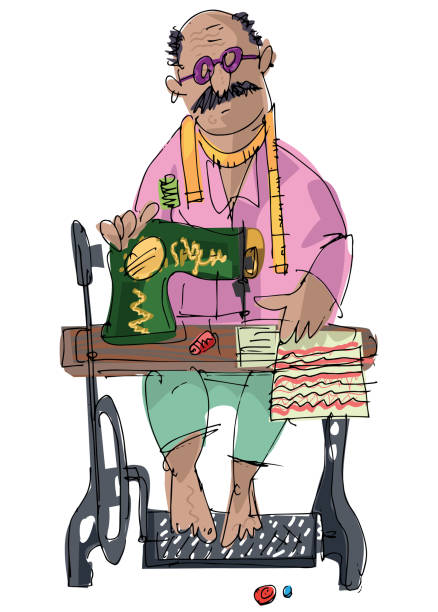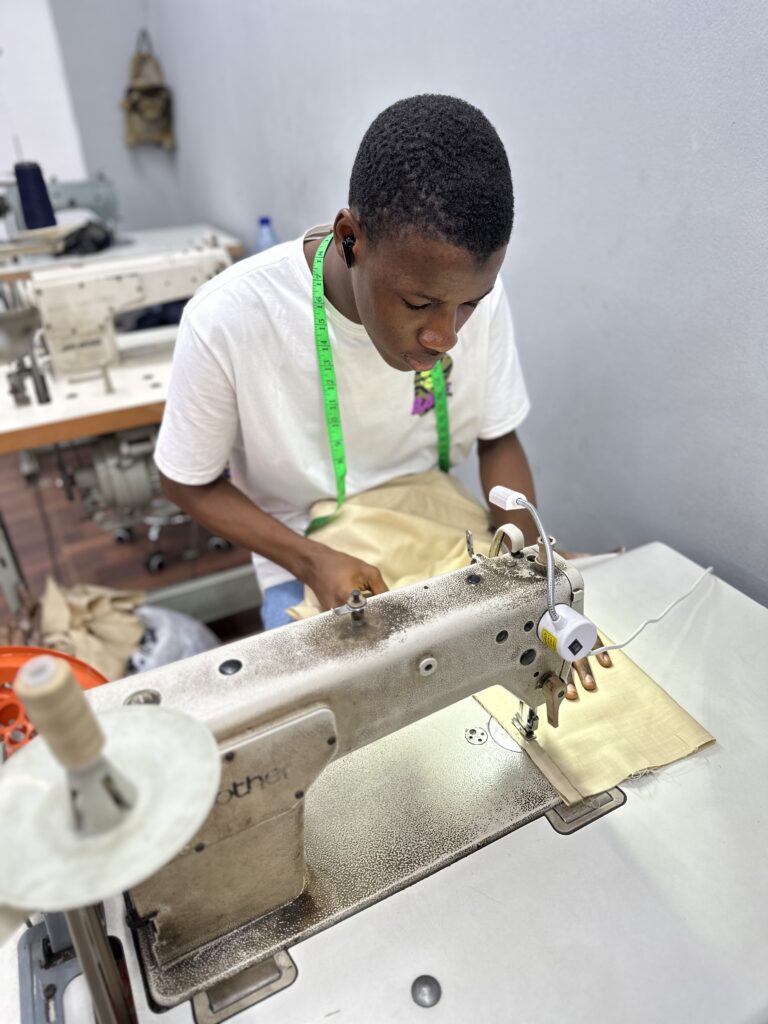Understanding the Tailoring Process: From Textile Option to Last Suitable for the Suitable Wardrobe
The tailoring process is an intricate interaction of art and scientific research, beginning with the important decision of fabric option and finishing in the accurate adjustments of final installations. Each material type brings unique top qualities that affect not only the aesthetic allure however likewise the garment's longevity and viability for numerous celebrations. Comprehending the subtleties of tailoring techniques can elevate one's wardrobe to unprecedented degrees of class. As we explore these components additionally, one should consider just how even the tiniest details can substantially impact the total result of one's personal design.
Relevance of Material Choice
Picking the right material is critical in the tailoring process, as it directly affects the convenience, resilience, and general visual of the last garment (tailor perth). The option of fabric sets the foundation for the garment's efficiency, capability, and design. Various fabrics possess unique residential properties, such as stretch, breathability, and weight, which can substantially impact exactly how the garment drapes and fits the body
Moreover, fabric selection influences the garment's longevity and convenience of care. Top notch textiles can hold up against damage, keeping their look and structure in time, while lower-quality materials may bring about pilling or fading. In addition, the ideal material adds to the garment's ability to transition throughout periods and events, therefore boosting adaptability.
A tailored piece made from an ideal textile not only showcases craftsmanship yet likewise elevates the user's self-confidence. As a result, understanding the subtleties of material selection is paramount for any kind of tailoring endeavor. It makes certain that the last product not just meets the visual desires of the customer however additionally lines up with functional demands, thereby attaining a harmonious equilibrium between type and function in the customized closet.
Sorts Of Fabrics and Their Usages
Understanding the numerous sorts of materials available is crucial for making informed choices throughout the tailoring procedure. Each fabric has unique attributes that determine its viability for specific garments and celebrations.
Cotton, known for its breathability and gentleness, is ideal for sportswear and summertime garments. Its versatility enables it to be customized right into everything from tee shirts to dresses. Wool, on the other hand, is preferred for its heat and structure, making it an exceptional selection for formal suits and outerwear - tailor perth. Its natural flexibility aids garments maintain shape in time.
Silk radiates high-end and is light-weight, making it excellent for eveningwear and fragile shirts; however, it requires careful handling because of its frailty. Linen, with its distinctive surface, is a prominent option for cozy environments, supplying a crisp and ventilated feeling, yet it wrinkles conveniently, which might influence the garment's look.
Artificial textiles, such as polyester and nylon, deal sturdiness and resistance to creases, making them appropriate for day-to-day wear and energetic garments. Recognizing these textile kinds and their homes permits better decision-making, guaranteeing that each tailored item not just fits well yet likewise lines up with the designated function and occasion.
The Tailoring Techniques Described
The art of tailoring depends on a selection of strategies that change material into well-fitted garments. Central to this process is pattern composing, where a dressmaker creates themes based on the customer's dimensions and wanted style. This initial action guarantees that the garment will fit the wearer properly before any kind of reducing occurs.
As soon as patterns are developed, cutting strategies enter play. Precision is extremely important as errors can result in misfitting garments. Tailors frequently make use of different cutting methods, such as single-layer cutting for complex designs and multiple-layer cutting for performance on basic patterns.
Basting is an additional vital strategy, enabling dressmakers to briefly sew material assemble for an initial fitting. This approach provides the possibility to Continued evaluate the drape and total silhouette before last stitching.
Seaming methods, including flat-felled joints and French joints, boost the garment's longevity and aesthetic allure. Tailors additionally employ strategies such as interfacing and padding to supply framework and shape to details locations, like collars and shoulders.
Lastly, completing methods, consisting of hemming and edge finishing, make sure the garment's long life while giving a refined appearance. Together, these methods form the foundation of reliable tailoring, leading to beautiful, tailor-made clothing.
Suitable Modifications and Factors To Consider

Key factors to consider include the shoulder fit, which must neither droop neither limit activity, and the sleeve length, which must enable for comfortable arm motion while maintaining a sleek look. Additionally, changes at the waistline can refine the shape, with alternatives to allow out or absorb fabric as needed.
The increase of trousers is an additional essential aspect; it ought to rest easily above the hips without creating discomfort, enabling convenience of motion. Hemming sizes for both trousers and skirts must show the user's favored design while valuing proportions.

Keeping Your Tailored Clothes
Always adhere to the care label directions, which may suggest completely dry cleansing for fragile materials or equipment cleaning for even more durable materials. Avoid frequent laundering, as this can put on down the material and modify the garment's shape.
Storage space is similarly essential; use padded hangers for jackets and coats to keep shoulder framework, and shop trousers folded up nicely or hung to stop creasing. Secure garments from direct sunshine, which can discolor shades and damage fibers.
Additionally, routine inspections for reference minor repairs can protect against bigger issues. Examine for loose switches, tearing seams, or indicators of moth damage, attending to these troubles quickly to maintain the garment's stability.
Finally, consider seasonal rotation. Wearing customized pieces in moderation allows fabrics to recoup, extending their life expectancy. By implementing these upkeep strategies, you can make sure that your tailored garments stay as beautiful as the day you first wore them, improving your excellent wardrobe for years ahead.
Conclusion
The customizing procedure, encompassing fabric selection, competent methods, and exact suitable modifications, plays a vital duty in developing garments that improve both convenience and design. Understanding the value of upkeep extends the life of tailored garments, solidifying their value in a well-curated closet.
Choosing the right fabric is essential in the tailoring process, as it straight affects the convenience, toughness, and overall aesthetic of the final garment. The choice of fabric sets the structure a fantastic read for the garment's performance, style, and performance. Various materials possess unique homes, such as breathability, stretch, and weight, which can dramatically impact how the garment drapes and fits the body.
The art of customizing depends on a variety of strategies that transform textile into well-fitted garments.The customizing process, encompassing material selection, knowledgeable methods, and precise suitable adjustments, plays a critical function in developing garments that enhance both convenience and style.